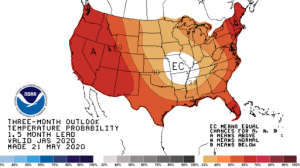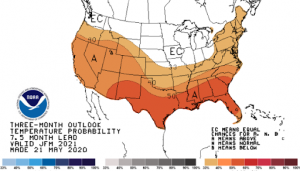What to Know, Now
Currently, the decline in energy demand from the COVID-19 virus and the recent mild winter temperatures have softened energy prices in the near term with many questions remaining concerning future energy demand and prices. It is generally expected at this time that the restarting of economies around the world will be slow and measured and that economic conditions globally improve over the next 18 months.
Natural Gas
Stored natural gas is currently at surplus levels with production still outpacing demand, keeping downward pressure on 2020 prices. With the crash of crude oil prices into the negative range in April (a first), producers have begun shutting down less productive wells, which is also reducing some natural gas production. Despite that, winter natural gas rates are currently within a typical winter cost range. The Natural Gas Wholesale NYMEX Prices table below shows the pricing trend from 2019 to 2023, with lower rates in 2020 and increasing costs into 2021.
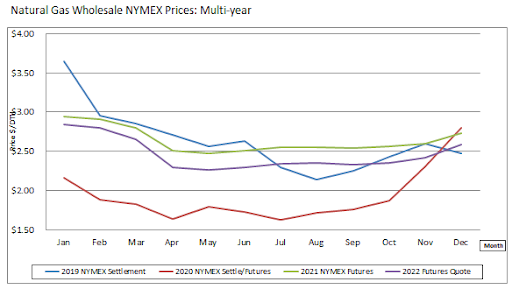
Electricity
Since the price of electricity generally moves with the price of natural gas, the two prices have similar trends. Electric rates are fairly low, but with expectations that they will increase with the forecasted hot summer weather and in winter with the higher natural gas rates. Price trends vary from state to state, but generally, prices are increasing each calendar year.
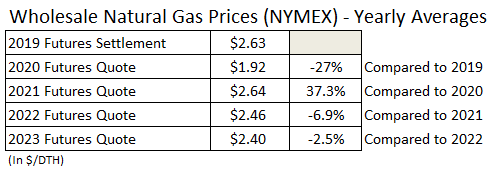

Electric Market Calendar Price Trends
The charts* below show the calendar year price trends from 2021 to 2024. New England prices are increasing each year while NYC has the same increasing trend but within a smaller range. These conditions create higher prices for longer-term contracts. In NJ (PSEG), the market is the opposite with prices declining slightly each year and longer-term contracts with lower rates.
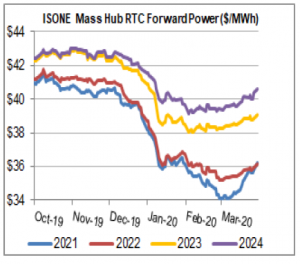
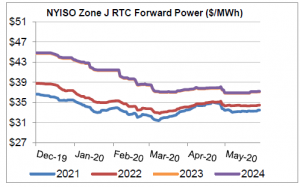
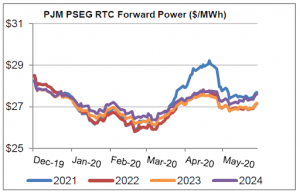
*Charts from Constellation Energy
The Bottom Line
This pricing trend typically creates higher fixed price rates for the longer term (two and three-year) natural gas and electric contracts. Twelve-month contracts may have the lowest fixed rates, while index prices may be low if a hot summer does not materialize.
Winter focused heating accounts will see a slight cost reduction in 2020, while accounts with steady year-round demand (such as heat and hot water accounts) may see lower costs this summer and more favorable fixed contract rates. If you rely on fixed-price contracts to control budgeted costs, this is an excellent time to review the impact of your next contract.
The current electricity price trends create higher fixed contract rates for longer terms but offer price stability during volatile periods such as this summer and next winter. Since energy costs vary in each state it is best to validate any savings opportunities with refreshed pricing on your next supply agreement.
Not sure what your options are or how to proceed? Bright Power can help.
Temperature Probability Maps
Current temperature forecasts for the remainder of this year are calling for above-normal temperatures for most of the U.S. These forecasts will likely continue to support market price volatility as a hot summer can trigger high electric and natural gas usage and rates, while a mild winter could reverse that natural gas winter demand causing prices to decline.
